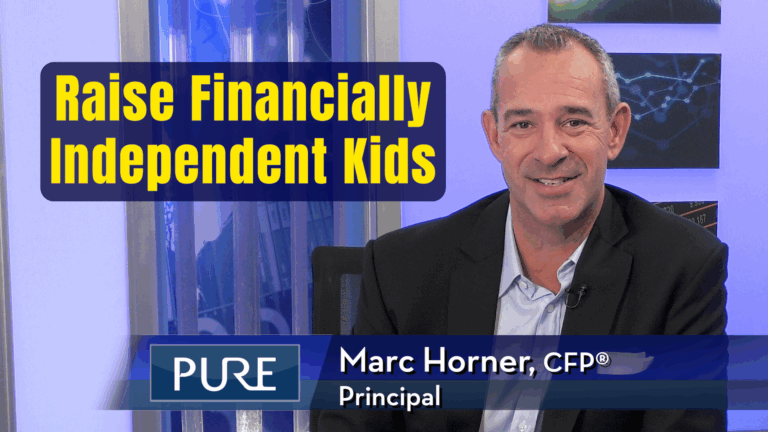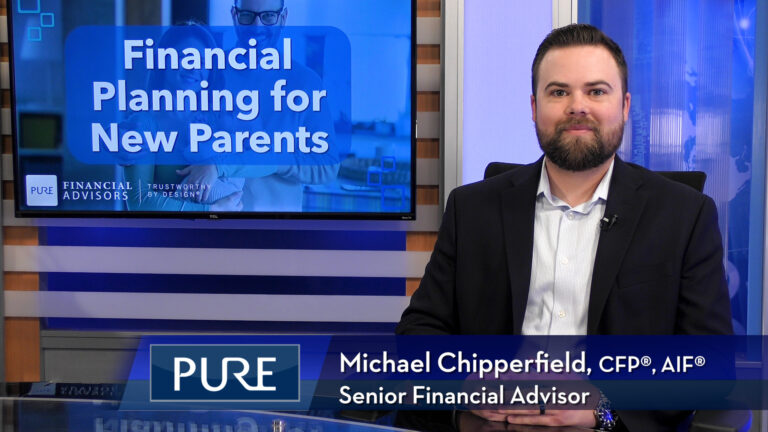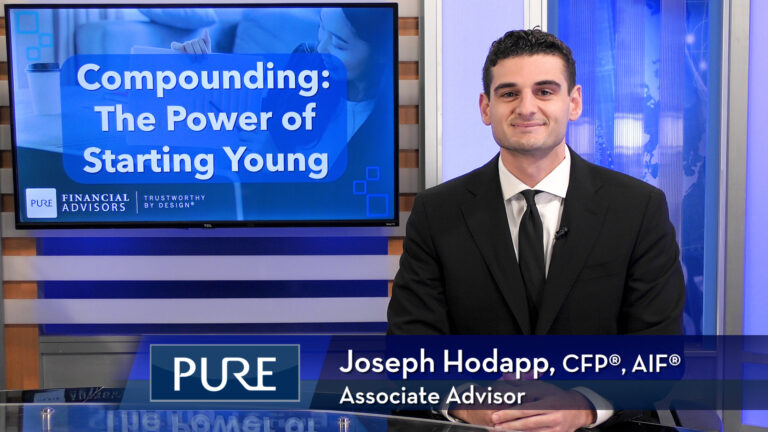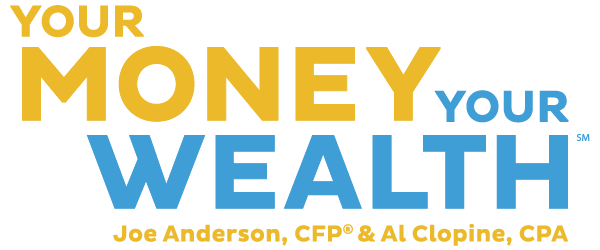Healthcare can be confusing, and Medicare can feel even more overwhelming. If you’re nearing retirement, do you know how to bridge the coverage gap as you move from employee to retiree? Pure’s Principal, Marc Horner, CFP®, reviews four key options to help you make a smooth transition.
He discusses:
- COBRA
- Spouse’s plan
- ACA Marketplace
- Private plans
Transcript
Turning 65 soon? Congratulations! You’re about to enter a magical time where AARP mailers outnumber junk mail, the dinner reservations get earlier and earlier and your health insurance can be trickier than it should be.
For those of you who retire before age 65, that accomplishment comes with a possible surprise, Medicare is not waiting for you quite yet. Us sophisticated financial professionals call that “the coverage gap,” an awkward space where we’re on our own for health insurance.
But, before you postpone those early retirement plans, let’s talk about a few options to potentially help you bridge “the coverage gap”.
Option 1: COBRA
Thanks to the warm and fuzzy Consolidated Omnibus Budget Reconciliation Act, affectionately known as COBRA, you can keep your old employer plan for 18–36 months. It’s a little like buying your car off lease, your coverage is familiar but you’re paying for everything, and I mean everything.
Option 2: Spouse’s Plan
Got a working spouse or partner with coverage? Ride their coattails! Nothing says romance like, “Honey, care for another glass of Rose and can I get on your HMO?” While not the most memorable dinner conversation, the good news is this option is usually the cheapest and easiest bridge.
Option 3: ACA Marketplace
Next up, the ACA Marketplace—aka Healthcare.gov—aka The Exchange. This can be a solid option, especially if your income qualifies you for subsidies. Pro tip: Retiring should not mean your income disappears, but your paycheck might and that might make for a happy subsidy surprise! It could be worth a look.
Option 4: Private Plans
Finally, you’ve got private insurance. More options, which is good. But no subsidies, which is bad. Consider leaning on a good insurance broker—yes, they do exist— or an experienced Certified Financial Planner—to help you avoid picking a plan that covers hangnails but not hospitals.
Now, when Medicare finally arrives, do not hit the snooze. You’ve got a 7-month window—three months before your 65th birthday month, and three months after—to sign up. Miss your enrollment window and you could get hit with penalties that add up fast.
That’s great info, Marc, but what do I do know?
If you are considering retiring before age 65, here is part of your healthcare related financial planning To-Do list:
- Figure out when your current health insurance ends
- Compare the four bridge options—like just about everything in life, there are pros and cons to consider
- Set a reminder to enroll in Medicare on time. Seriously. Put it in your phone. Tape a Post-It Note to the fridge. Whatever works for you.
Bridging the gap to Medicare isn’t always simple—but with a little forethought, it doesn’t have to be a headache. And hey, if you want help, download our free Medicare checkup Guide. It is a great resource to help in your healthcare planning.
Subscribe to our YouTube channel.
IMPORTANT DISCLOSURES:
• Neither Pure Financial Advisors nor the presenter is affiliated or endorsed by the Internal Revenue Service (IRS) or affiliated with the United States government or any other governmental agency.
• This material is for information purposes only and is not intended as tax, legal, or investment recommendations.
• Consult your tax advisor for guidance. Tax laws and regulations are complex and subject to change.
• Investment Advisory and Financial Planning Services are offered through Pure Financial Advisors, LLC an SEC Registered Investment Advisor.
• All information is believed to be from reliable sources; however, we make no representation as to its completeness or accuracy.
• Neither Pure Financial Advisors nor the presenter is affiliated or endorsed by the Internal Revenue Service (IRS) or affiliated with the United States government or any other governmental agency. This material is for information purposes only and is not intended as tax, legal, or investment recommendations.
CFP® – The CERTIFIED FINANCIAL PLANNER® certification is by the CFP Board of Standards, Inc. To attain the right to use the CFP® mark, an individual must satisfactorily fulfill education, experience and ethics requirements as well as pass a comprehensive exam. 30 hours of continuing education is required every 2 years to maintain the certification.












